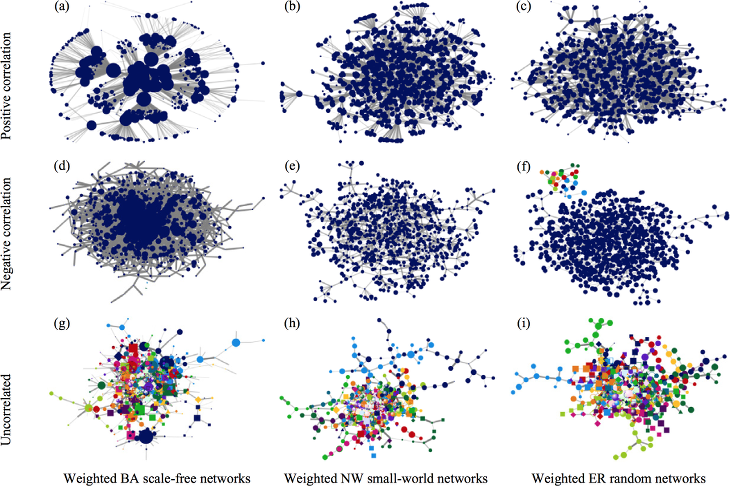Topology dependent epidemic spreading velocity in weighted networks
January 5, 2015

Topdrim partners from the University of Amsterdam published recently a paper in the Journal of Statistical Mechanics: Theory and Experiment that tries to understand the impact of the correlations of the underlying weighted networks on epidemic spreading.
Abstract:
Many diffusive processes occur on structured networks with weighted links, such as disease spread by airplane transport or information diffusion in social networks or blogs. Understanding the impact of weight-connectivity correlations on epidemic spreading in weighted networks is crucial to support decision-making on disease control and other diffusive processes. However, a real understanding of epidemic spreading velocity in weighted networks is still lacking. Here we conduct a numerical study of the velocity of a Reed–Frost epidemic spreading process in various weighted network topologies as a function of the correlations between edge weights and node degrees. We find that a positive weight-connectivity correlation leads to a faster epidemic spreading compared to an unweighted network. In contrast, we find that both uncorrelated and negatively correlated weight distributions lead to slower spreading processes. In the case of positive weight-connectivity correlations, the acceleration of spreading velocity is weak when the heterogeneity of weight distribution increases.
Wei Duan et al J. Stat. Mech. (2014) P12020 doi:10.1088/1742-5468/2014/12/P12020



































